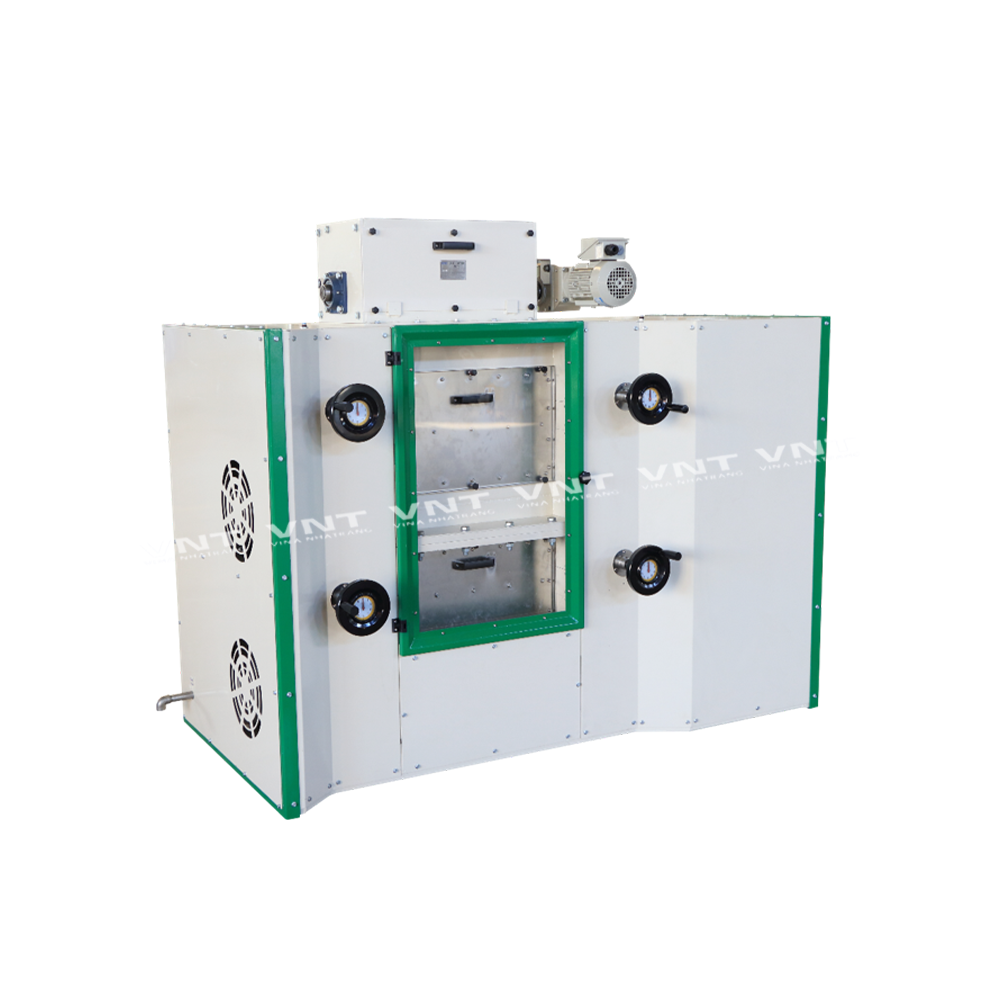Industrial Coffee Grinder Guide: Increase Performance and High Quality
In the competitive landscape of coffee production, selecting the best industrial coffee grinder plays a critical duty in boosting both performance and item top quality. Recognizing the subtleties of different grinder types and essential features-- such as adjustable grind settings and robust construction-- can dramatically affect the last taste profile of the coffee.
Comprehending Grinder Types
When choosing a commercial coffee grinder, recognizing the different kinds offered is vital for optimizing both taste extraction and functional efficiency. The 2 main types of mills are blade grinders and burr mills.

Ultimately, picking the best kind of mill is important to maintaining quality and efficiency in coffee manufacturing, making it necessary for companies to purchase high-quality burr mills for optimal results.
Trick Features to Think About
Choosing a commercial coffee grinder needs mindful factor to consider of a number of essential functions that can significantly influence both performance and the total coffee experience. One of the main elements to review is the grinding mechanism. Burr mills are usually liked over blade mills, as they provide a consistent work dimension, which is crucial for ideal removal and taste.
An additional vital function is the grinder's capability. Depending upon the quantity of coffee you need to process, select a design that can manage your needs without sacrificing speed or quality. In addition, think about the grind setups used. A versatile grinder with several settings allows you to tailor the work dimension to different developing approaches, boosting the coffee's flavor account.
Review the grinder's sound level, specifically in a hectic coffee shop or production setting, where extreme sound can be disruptive. Spending in a grinder that balances these features can considerably enhance both operational performance and the quality of the coffee served.
Optimizing Grinding Process
To attain the most effective cause coffee prep work, optimizing the grinding process is essential. The work size significantly influences removal, flavor, and overall quality of the made coffee. Various brewing techniques call for particular work dimensions; for instance, espresso requires a fine grind, while French press requires a crude texture. Comprehending the partnership in between grind size and brewing technique is you can find out more the initial action in optimization.


In addition, keeping an eye on the grinding rate can maximize the process. Slower grinding usually generates much less warmth, protecting fragile flavors and aromas. Conversely, faster grinding might generate excessive heat, adversely influencing the coffee's high quality.
Upkeep and Care Tips
Correct maintenance and treatment of industrial coffee mills are crucial for making certain ideal performance and durability. Routine cleaning is the foundation of maintenance; residue accumulation can affect taste and grinding effectiveness. It is recommended to clean up the grinder after each usage, wiping down the outside and getting rid of any kind of coffee grounds from the burrs.
In addition, check the grinding burrs for deterioration. Boring burrs can jeopardize work consistency, so they must be changed as needed. Industrial Coffee Grinder. Occasionally adjusting the mill is also vital, as this maintains the wanted work dimension for numerous developing techniques
Lubrication of moving components ought to be carried out according to the manufacturer's requirements, as this minimizes friction and prolongs the life of the equipment. It is vital to utilize food-grade lubes to make certain safety and security and compliance with health and wellness regulations.
Last but not least, maintain the grinder in a steady and find this dry environment to avoid rust and deterioration. By adhering to these maintenance and treatment tips, operators can boost the efficiency of their industrial coffee mills while making sure high-grade result and extended operational life.
Roi Evaluation
Examining the return on investment (ROI) for industrial coffee mills is crucial for companies seeking to enhance their coffee production abilities. A complete ROI evaluation helps figure out the monetary viability of spending in top notch grinders, enabling organizations to weigh the preliminary expenses against potential gains.
To conduct a thorough ROI analysis, organizations must consider several crucial factors. Assess the purchase price websites of the grinder, consisting of setup and any type of required modifications to existing infrastructure. Next off, calculate functional prices, consisting of energy intake, upkeep expenses, and labor effectiveness renovations. High-performance grinders commonly lead to decreased grinding time and boosted throughput, which can dramatically enhance productivity.
Furthermore, think about the influence on product quality. Industrial Coffee Grinder. Superior mills generate a more consistent grind size, which can boost taste profiles and client satisfaction, ultimately driving sales. By raising the quality of the end product, organizations can justify higher rates, bring about raised earnings
Conclusion
In summary, an industrial coffee mill plays a pivotal role in enhancing both efficiency and product high quality within coffee production. Inevitably, the calculated investment in a reliable grinder contributes dramatically to boosted revenue and competitiveness in the coffee industry.
In the affordable landscape of coffee production, picking the best commercial coffee mill plays an essential function in enhancing both efficiency and product quality. The 2 key kinds of grinders are blade grinders and burr mills. Within the burr mill classification, there are flat burr grinders and cone-shaped burr grinders, each with its benefits. Burr grinders are normally preferred over blade grinders, as they supply a constant work size, which is vital for optimum removal and flavor.
In recap, an industrial coffee grinder plays a crucial role in enhancing both efficiency and item quality within coffee manufacturing.